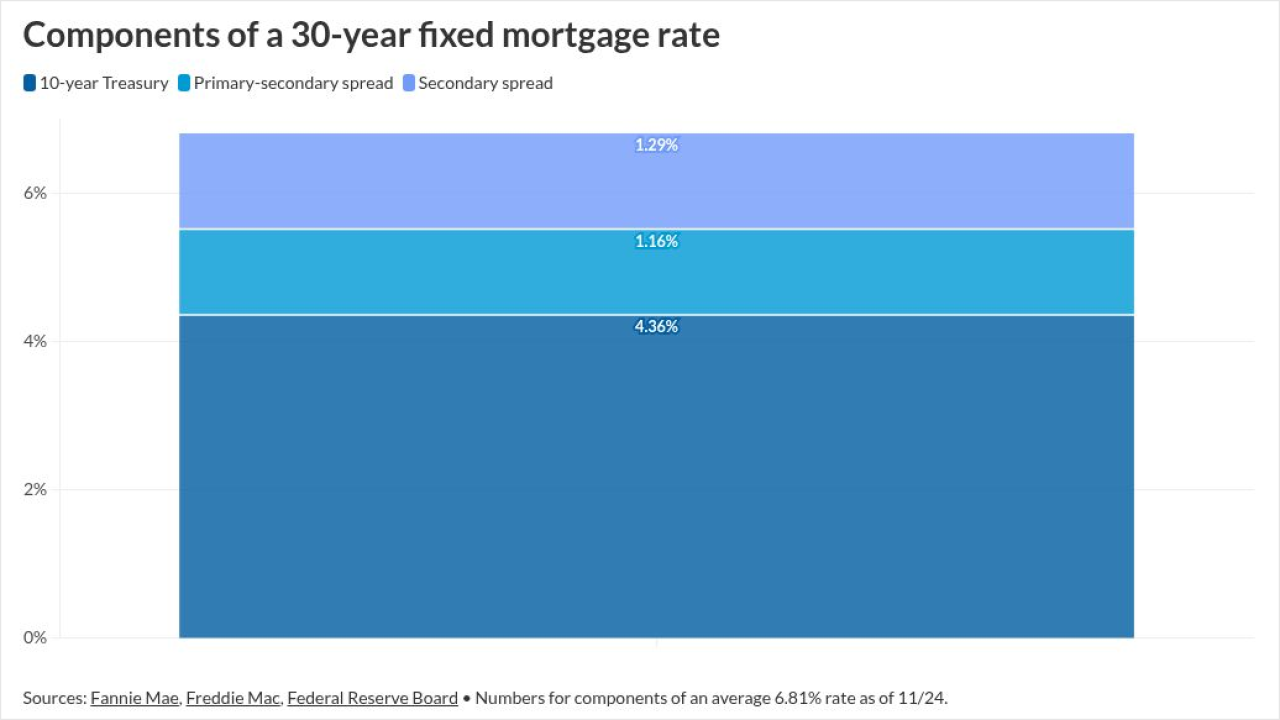

Generous repayment plans have soured many investors on bonds backed by federally guaranteed student loans. But it could have been worse.
These programs slow the rate of repayment on Federal Family Education Loans, putting the bonds they back at risk of technical default if the securities fail to pay off at maturity. When Moody’s Investors Service and Fitch Ratings raised the alarm early in 2015, eventually putting some $100 billion of bonds under review for downgrade, the market sold off heavily. New issuance ground to a halt.
Yet Navient and Nelnet, the two largest student loan servicers, avoided downgrades on some $18 billion of FFELP bonds. They did so using a strategy that, at first, did not seem promising: extending the maturities of the bonds. While simple in principle, this solution was complicated by a requirement that 100% of investors in a tranche approve the change. Without consent from every single holder, no matter how small, an amendment cannot pass.
Their efforts were aided by DealVector, an online registry of asset ownership and messaging platform, which helped the two servicers identify holders and collect votes. Over the past year, the two servicers have sent about 165 tranches out for consent; some 60% of those were successful, and about 10% are still in process. The total original face value of tranches passed to date exceeds $18 billion.
This undoubtedly helped restore confidence in the sector, allowing Navient and Nelnet to resume issuing FFELP bonds, even though some investors, including banks and credit unions, continue to view the asset class skeptically.
“If we hadn’t been able to extend maturities, it definitely would have been harder to sell FFELP bonds,” said Greer McCurley, executive head of capital markets at Nelnet.
The market revival, in turn, encouraged banks to resume
Why consent solicitations are hard
Like other kinds of financial assets, FFELP bonds are held “
This is how the consent process normally works: An issuer sends consent forms to the trustee, which needs to log onto the Depository Trust Company and complete a form, which then goes out through different systems to the custodian. The custodian must process it and send it to the beneficial owner’s back office, which then needs to deliver it to the appropriate portfolio manager.
There are multiple opportunities for delays.
“I talked to one portfolio manager who didn’t see a consent sent through the normal channels for five days, and that was quick,” said DealVector co-founder and CEO Michael Manning. “Ten to 13 days is the typical lag time. Some didn’t even receive it until the day before the deadline, at which point it became a huge fire drill.”
By comparison, when investors register directly with DealVector, “on the same day that Navient provides consents to trustees, they give it to DealVector. We load it into the system, and it’s in a portfolio manager’s inbox within 20 to 25 minutes.”
Investors who register their holdings can also download documents and see what other holdings are registered. When they vote, DealVector can prepopulate information, and it allows them to use an electronic signature.
“From an investor standpoint, it’s been a fairly simple process,” said Tim Sustak, chief credit officer at Vizo Financial, a corporate credit union that has been involved in 10 or 12 consents to extend the maturities of FFELP bonds it holds.
Sustak said that Vizo gets consent solicitations from its third-party custodian as well as from DealVector, and was informed about what was happening to FFELP bonds and why. Still, using an online platform “put some extra grease on the wheel,” particularly for deals that were not extended on the first try.
“It’s another check and balance,” he said.
As in other walks of life, technology offers a bird’s-eye view of the situation.
“For a given deal, I can see how much each custodian has under custody, so I can call one and say, ‘we’re missing [consents on] $100 million, can you send reminders to the beneficial holders?’” Manning said. “These tools allow us to work the investor end, the brokers and custodians all at the same time.”
Another feature that contributed to the success of some consent solicitations is a message center that allows beneficial owners to communicate without revealing their identities. In one example, a holder said it was in favor of extending maturity, but by a shorter period of time. Many other investors responded positively and as a result, rather than extend the consent period, the issuer let the consent expire and came out with a new election with a modified maturity date. That helped the consent get passed very quickly.
“Since 100% of investors must consent, everyone’s got equal power in the conversation,” Manning said.
Navient was the first to partner with the vendor and its first consents went out around March 2016, Manning said. Nelnet did its first consents some four months later, in July 2016, he said.
DealVector contacted numerous other FFELP issuers to offer assistance; however, no other firms retained its services. “For some other issuers, issuance has diminished greatly, some aren’t issuing anymore, and they are less inclined to go through the process of extending legal final maturities,” he said.
It’s not clear how much more FFELP bonds might have sold off if Navient and Nelnet hadn’t been able to extend the maturities of so many bonds, avoiding, or in some cases reversing, downgrades. The servicers took
And there was another mitigating factor, according to several industry participants: The lengthy process of revising rating criteria and reviewing billions of dollars of FFELP bonds gave investors plenty of time to get “credit comfortable” with the possibility of a technical default. Many were able to tweak their investment guidelines, allowing them to hold on to the bonds in the event of a downgrade, since the underlying loans are guaranteed by the U.S. government.
The lengthy ratings review process also gave Navient and Nelnet plenty of lead time soliciting consents. By the time the first downgrade was announced in September 2016, Navient had already extended the maturities of $6.8 billion of bonds.
Nevertheless, McCurley said that Nelnet would not even have tried to extend the maturities of bonds without a platform like DealVector. “They really made an unmanageable process very manageable.”
Some investors still leery of FFELP
Moody’s concluded its sector-wide review in December; it ended up downgrading roughly
Fred Eisel, chief investment officer at Vizo, said the credit union learned from the financial crisis that, “rather than divest hastily, sometimes you’ve got to let a situation play out to see how it evolves. We were under no pressure to sell and wanted to take our time to analyze the situation and the rating agencies’ actions.”
However, “we have to be sure why we continue to hold a bond that may be downgraded,” and Vizo isn’t looking to add to its FFELP bond holdings, either.
Out of perhaps 30 FFELP bonds in the portfolio, six to eight may have been affected by the change in ratings criteria, Eisel said. Some of the FFELP securities the institution holds had their triple-A credit ratings reaffirmed after being on watch. Meanwhile, spreads have continued to come in. “There are one or two bonds we might want to divest, just to clean up the portfolio,” Eisel said. “But otherwise, we’re not divesting our FFELP holdings and just allowing this portfolio to pay down naturally.”
As a corporate credit union, Vizo provides liquidity to its member credit unions. “We need to make some yield, but we are really focused on liquidity,” Eisel said. “Asset-backed student loans are not as liquid as some other securities we purchase.”




